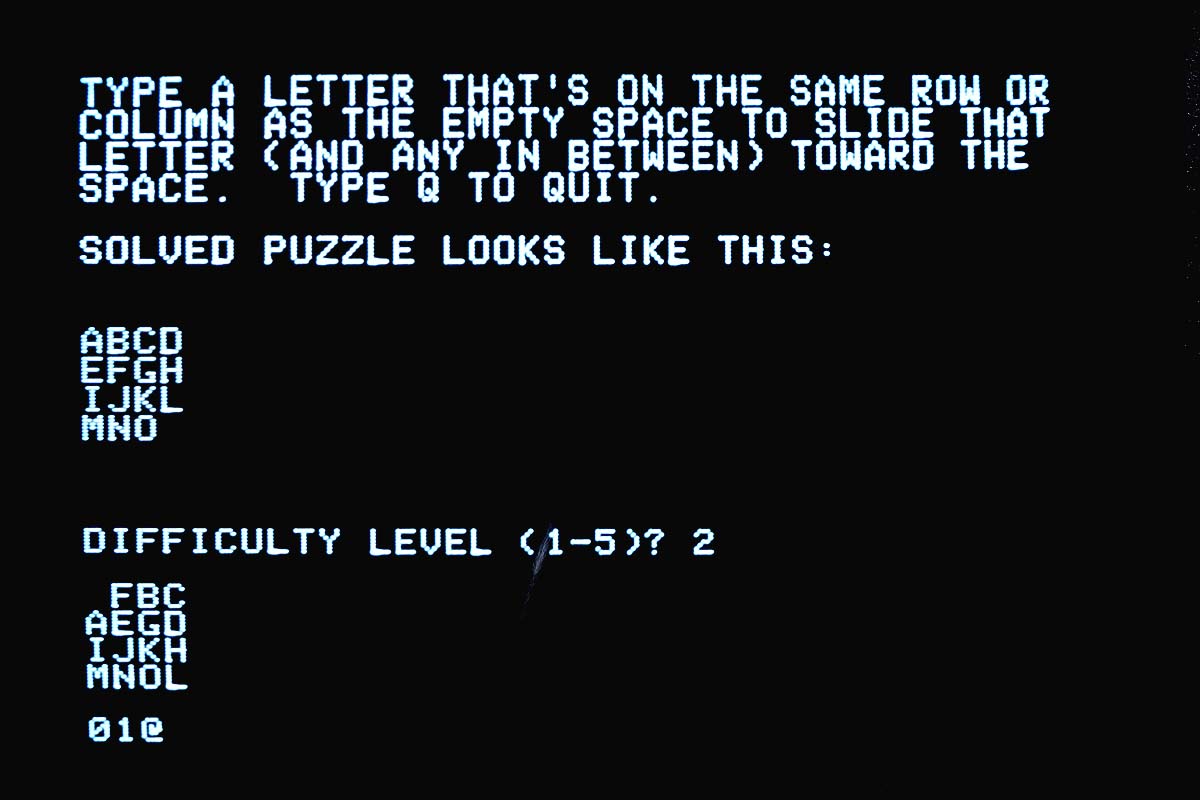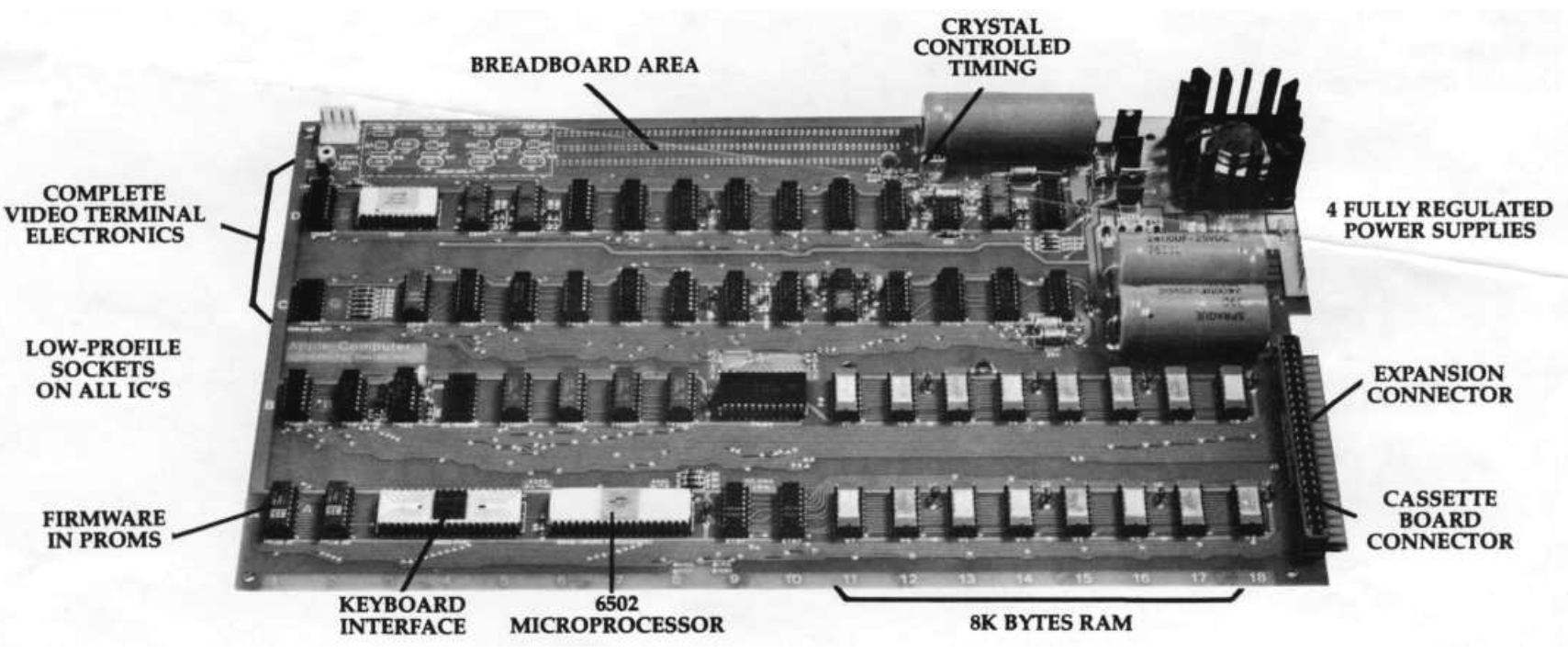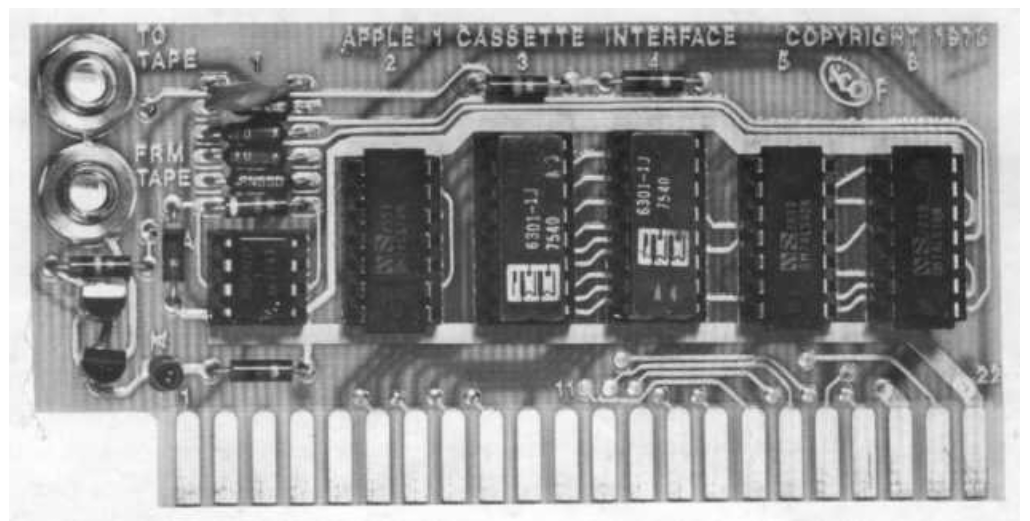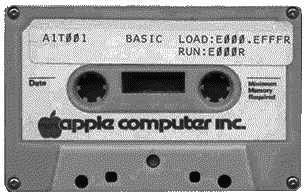15 Puzzle
by Jeff Jetton in 2020
Slide the letters and achieve alphabetical order.
History
Most people played this sliding puzzle as a kid already, sometimes after winning it at a local fair. It is the game with 15 square tiles in a square plastic or wooden box. There is one unoccupied free spot and tiles can be moved around and put in the correct order.
It was Jeff Jetton who created this puzzle as his first Apple-1 program, he announced it on Applefritter in 2020:
I've finished my first attempt at an Apple I assembly language program (apart from "Hello, World!" of course), but I've only ever run it in an emulator. ...
If anyone has the gumption to run it on actual hardware, that would be awesome. Let me know how it goes!
- Jeff
Instructions
The goal is to put the letters A-O in alphabetical order by sliding the letters. The game gives these instructions:
TYPE A LETTER THAT'S ON THE SAME ROW OR
COLUMN AS THE EMPTY SPACE TO SLIDE THAT
LETTER (AND ANY IN BETWEEN) TOWARD THE
SPACE. TYPE Q TO QUIT.
SOLVED PUZZLE LOOKS LIKE THIS:
ABCD
EFGH
IJKL
MNOFirst a difficulty level (1 to 5) can be chosen. The prompt where the move can be entered shows the current count of moves.
Some settings can be changed before starting the game, see the tweaks and hacks section in the GitHub repository.
References
- Announcement of the game by Jeff Jetton on Applefritter.
- GitHub repository with the source code of the game. Also some tweaks are listed here.
- 15 puzzle explained on Wikipedia.

Functionality hidden
This website has full functionality when displayed on a larger screen.



